An American Suite. Four pieces for elementary string orchestra. strings (violins I-III and cellos I+II, violas I+II and double bass ad libitum) and piano. Partition et partie.
Extraits
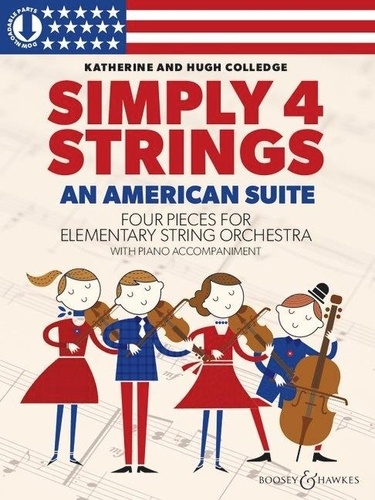
Instruments de musique
An American Suite. Four pieces for elementary string orchestra. strings (violins I-III and cellos I+II, violas I+II and double bass ad libitum) and piano. Partition et partie.
12/2023
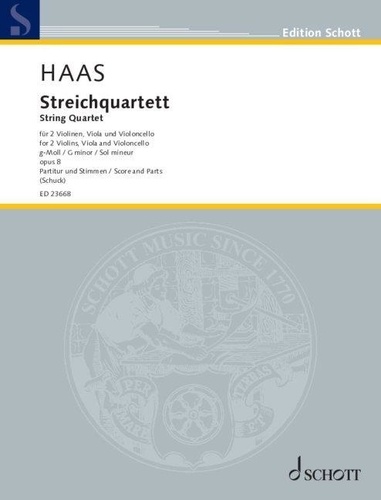
Instruments de musique
String quartet. Op. 8. 2 violins, viola and cello. Partition et parties
07/2023
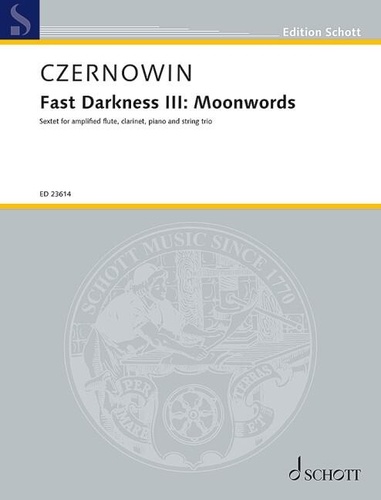
Non classé
Fast Darkness III: Moonwords. Sextet for flute, clarinet, piano and string trio. flute, clarinet, piano, violin, viola, cello. Partition et parties.
03/2023
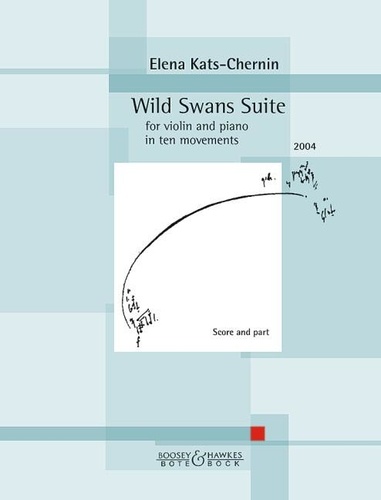
Techniques instrumentales
Wild Swans Suite. for violin and piano. violin and piano.
05/2023
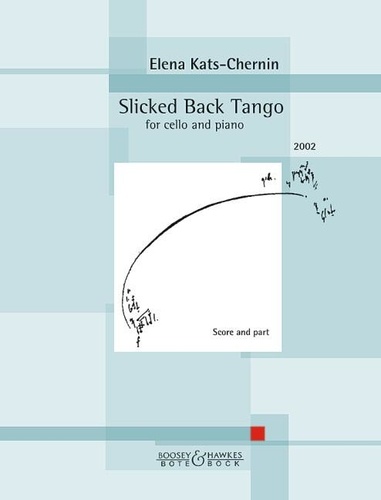
Instruments de musique
Slicked Back Tango. for cello and piano. cello and piano.
05/2023
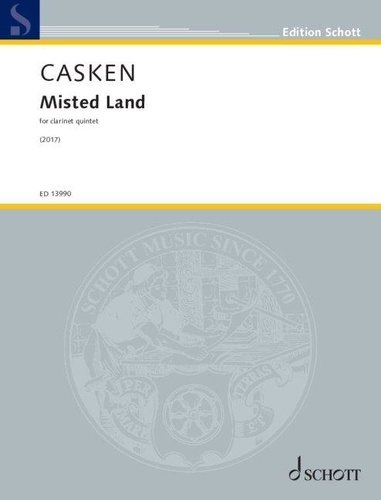
Techniques instrumentales
Misted Land. For clarinet quintet. Clarinet, 2 violins, viola, cello. Partition et parties
12/2023
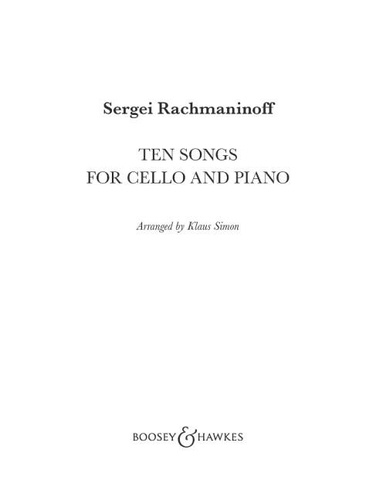
Instruments de musique
Ten Songs for Cello and Piano
05/2023
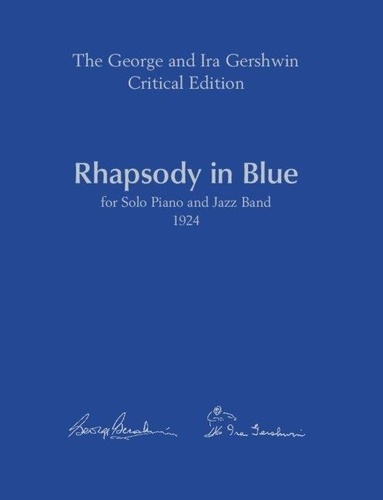
Techniques instrumentales
Rhapsody in Blue. For solo piano and jazz band (Two-Piano Score)
08/2023
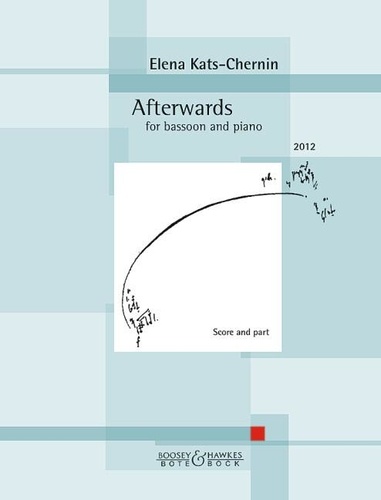
Instruments de musique
Afterwards. for bassoon and piano. bassoon and piano.
05/2023
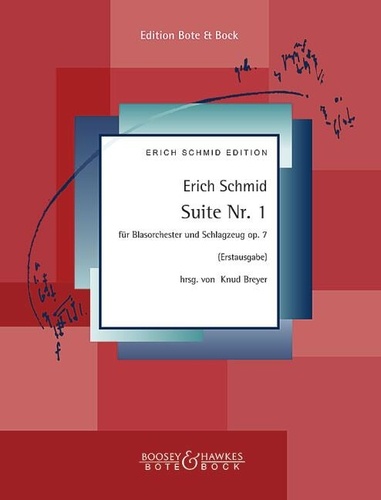
Instruments de musique
Suite Nr. 1. Für Blasorchester und Schlagzeug. Volume IX opus 7. wind band and percussion
04/2023
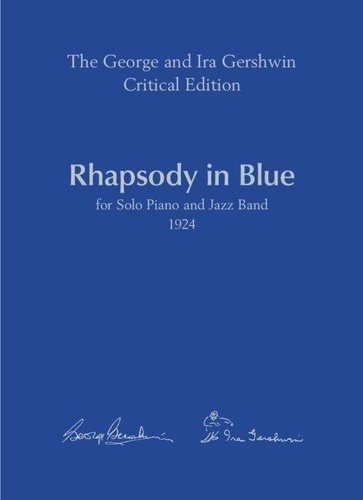
Techniques instrumentales
Rhapsody in Blue. For solo piano and jazz band (Full Score)
08/2023
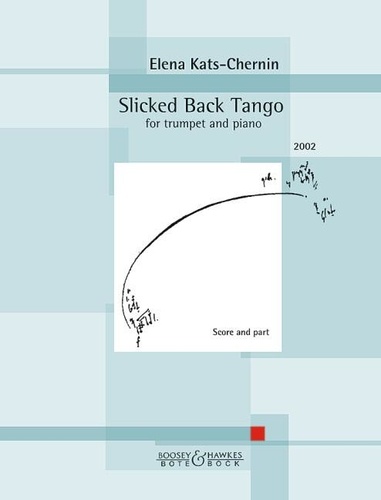
Instruments de musique
Slicked Back Tango. for trumpet and piano. trumpet and piano.
05/2023
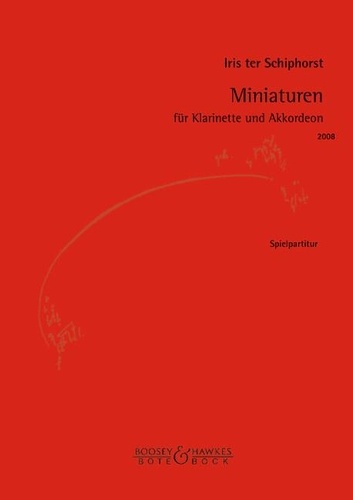
Instruments de musique
Miniaturen. für Klarinett und Akkordeon. clarinet in Bb and accordion. Partition d'exécution.
05/2023
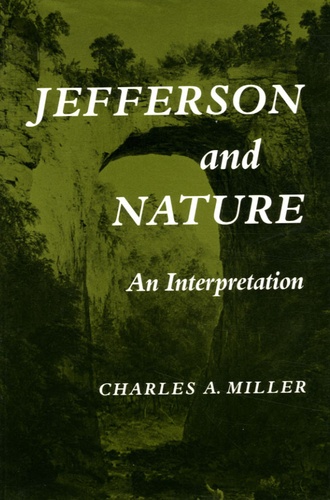
Anglais apprentissage
Jefferson and Nature. An Interpretation
01/1993
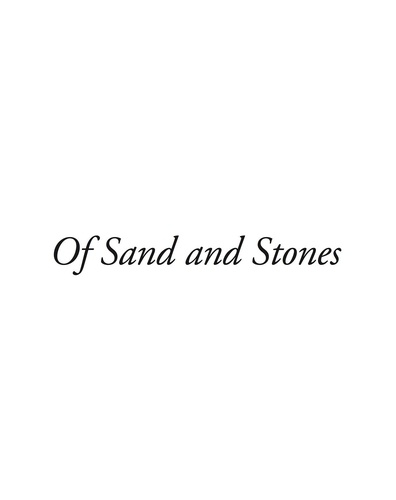
Architecture
Of Sand and Stones
06/2021
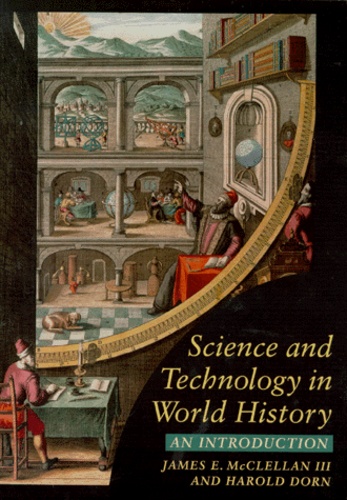
Histoire et Philosophiesophie
SCIENCE AND TECHNOLOGY IN WORLD HISTORY. An introduction
01/1999

Instruments de musique
Alariana. For recorder or flute, clarinet, bassoon, violin and cello. recorder (flute), clarinet, bassoon, violin, cello
04/2023
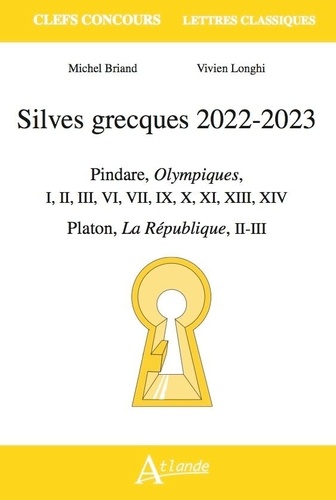
Grec ancien - Littérature
Silves grecques. Pindare, Olympiques, I, II, III, VI, VII, IX, X, XIII, XIV ; Platon, La République, II-III, Edition 2022-2023
02/2022

Histoire internationale
Egypte An II
11/2013
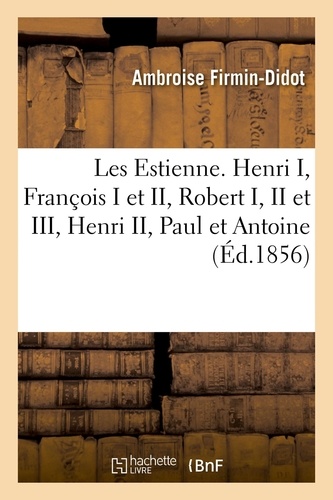
Littérature française
Les Estienne. Henri I, François I et II, Robert I, II et III, Henri II, Paul et Antoine
01/2021
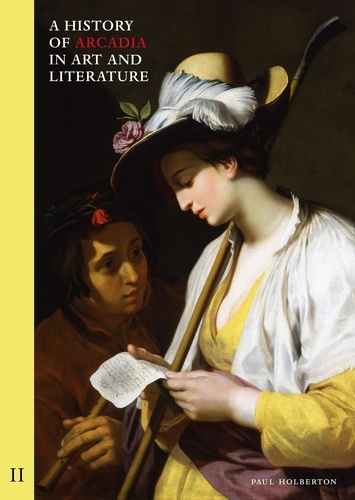
Histoire de l'art
A History of Arcadia in Art and Literature: Volume II. Later Renaissance, Baroque and Neoclassicism
01/2022
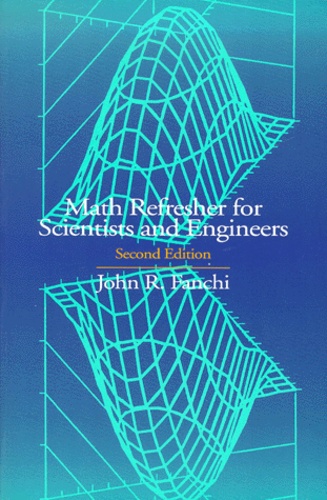
Mathématiques
Math Refresher for Scientists and Engineers. 2nd edition
01/2000
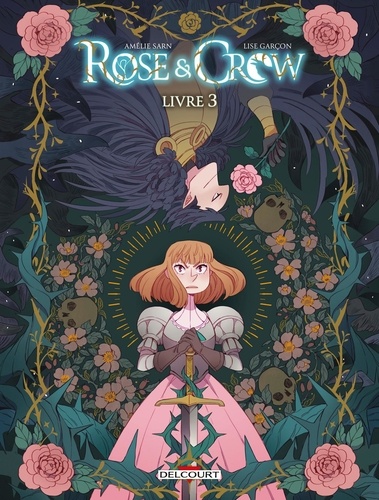
Science-fiction, heroic fantas
Rose and Crow T03. Livre III
09/2023
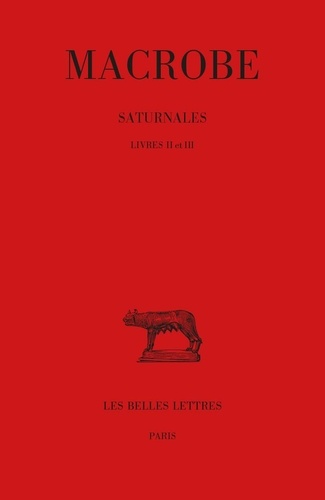
Antiquité - Essai
Saturnales. Tome II : Livres II et III
02/2021
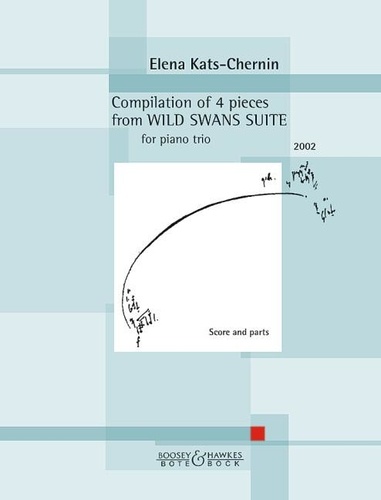
Instruments de musique
Compilation of 4 pieces from "Wild Swans Suite". for piano trio. piano trio. Partition et parties.
05/2023
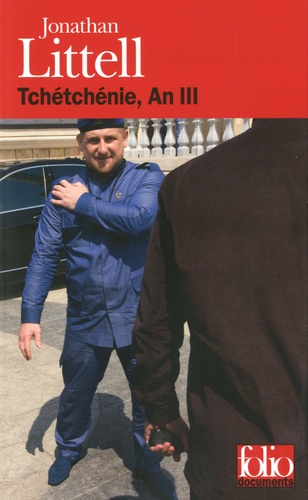
Sciences politiques
Tchétchénie, An III
11/2009
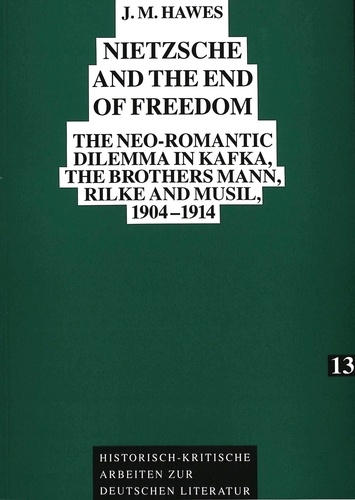
Non classé
Nietzsche and the End of Freedom
07/1993
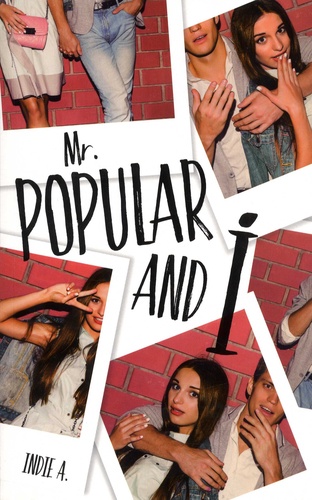
12 ans et +
Mr. Popular and I
06/2018

Art contemporain
Bill Viola In Dialogue. Selected Writings and Lectures
11/2022
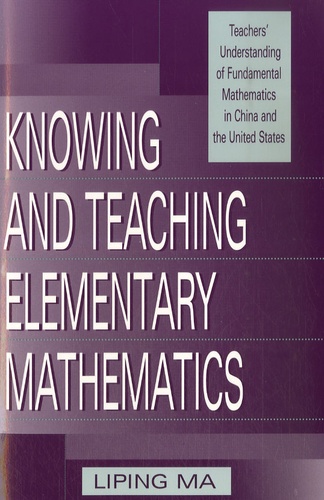
Mathématiques
Knowing and teaching elementary mathematics. Teachers' understanding of fundamental mathematics in China and the United States
01/1999

